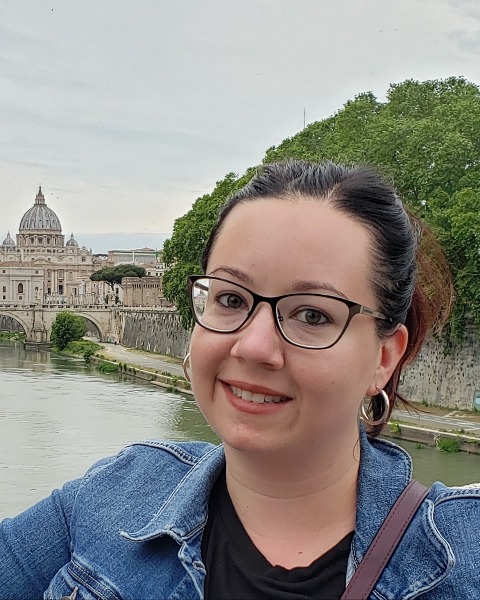Back
Platform
AQMO
Session : Innovative Topics in Air Quality Modeling
1166234 - Can Column Formaldehyde Observations Inform Ozone Air Quality Monitoring Strategies?
Wednesday, June 29, 2022
4:50pm – 5:10pm PT
Location: Seacliff C

Katherine Travis, PhD
Scientist
NASA Langley Research Center
Williamsburg, Virginia
Laura M. Judd, PhD
Associate Program Manager
NASA Langley Research Center
Newport News, Virginia
Primary Author(s)
Presenting Author(s)
Efforts to observe near-surface ozone directly from space are hindered by the limited sensitivity of ozone satellite retrievals to the lower troposphere. Formaldehyde (HCHO) column observations from the NASA DISCOVER-AQ campaign showed a strong relationship with surface ozone. Both tropospheric ozone and HCHO are secondarily produced through the oxidation of VOCs and in polluted regions, formaldehyde and ozone are generally co-produced. This work explores the relationship between column formaldehyde and surface ozone using data from two air quality research campaigns, the Long Island Sound Tropospheric Ozone Study (LISTOS) in 2018 and the Korea U.S. - Air Quality (KORUS-AQ) campaign in 2016. These campaigns included HCHO column information from airborne in-situ profiling and remote sensing (GCAS/GeoTASO) and ground-based Pandora spectrometers in combination with surface ozone monitors in each region. These data are used to further explore the HCHO-ozone relationship and its potential for identifying areas of elevated ozone using remote sensing or satellite observations of column HCHO alone. These two regions offer a valuable comparison given their different NOx levels. The Pandora provides near continuous observations that reveal shifts in the HCHO-ozone relationship from late spring to early summer. This work will address the possible use of column HCHO from future geostationary satellites to identify areas of potentially elevated surface ozone in polluted regions.

.jpg)
